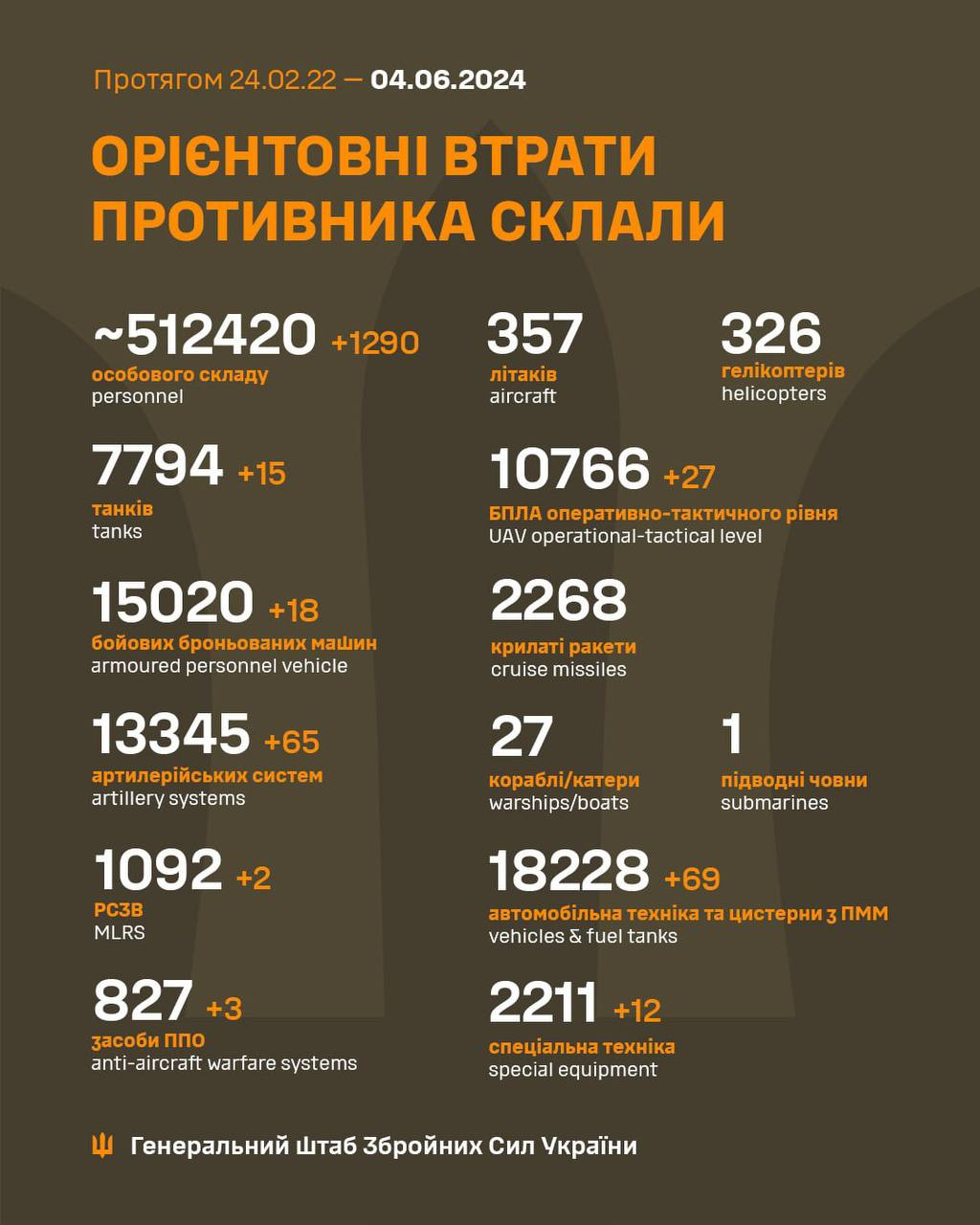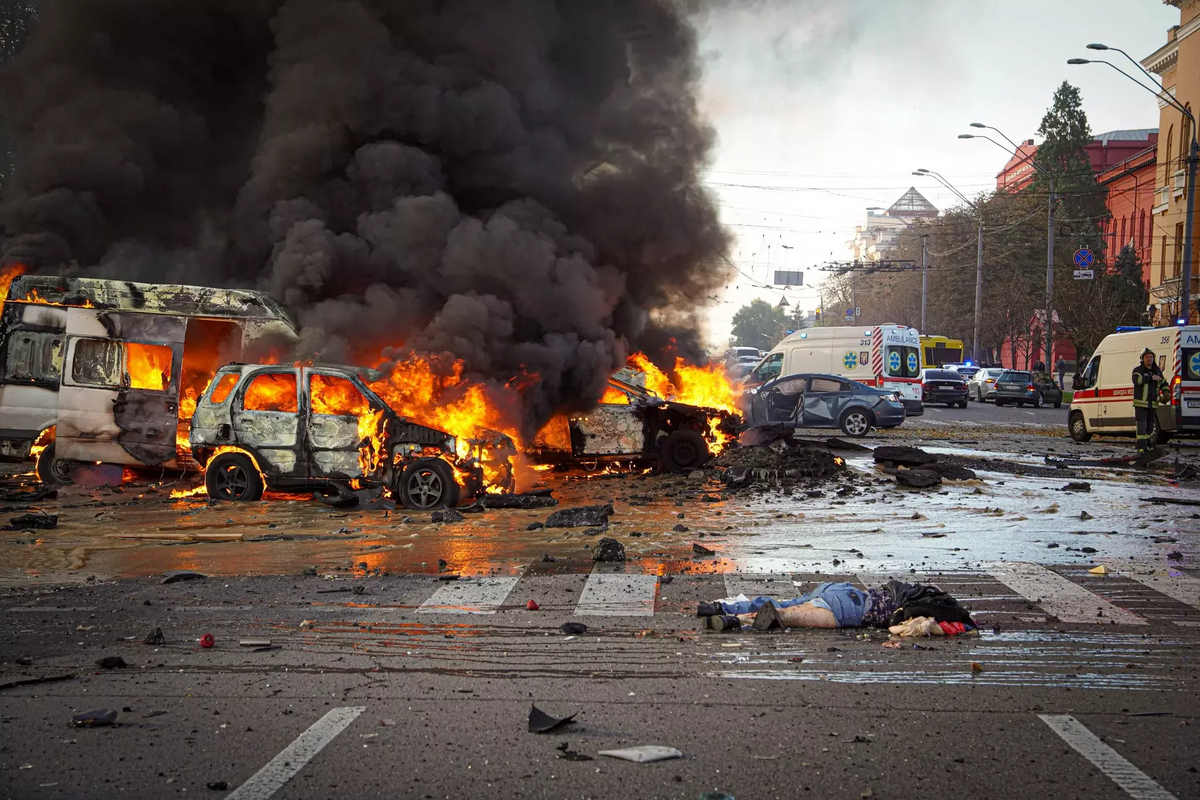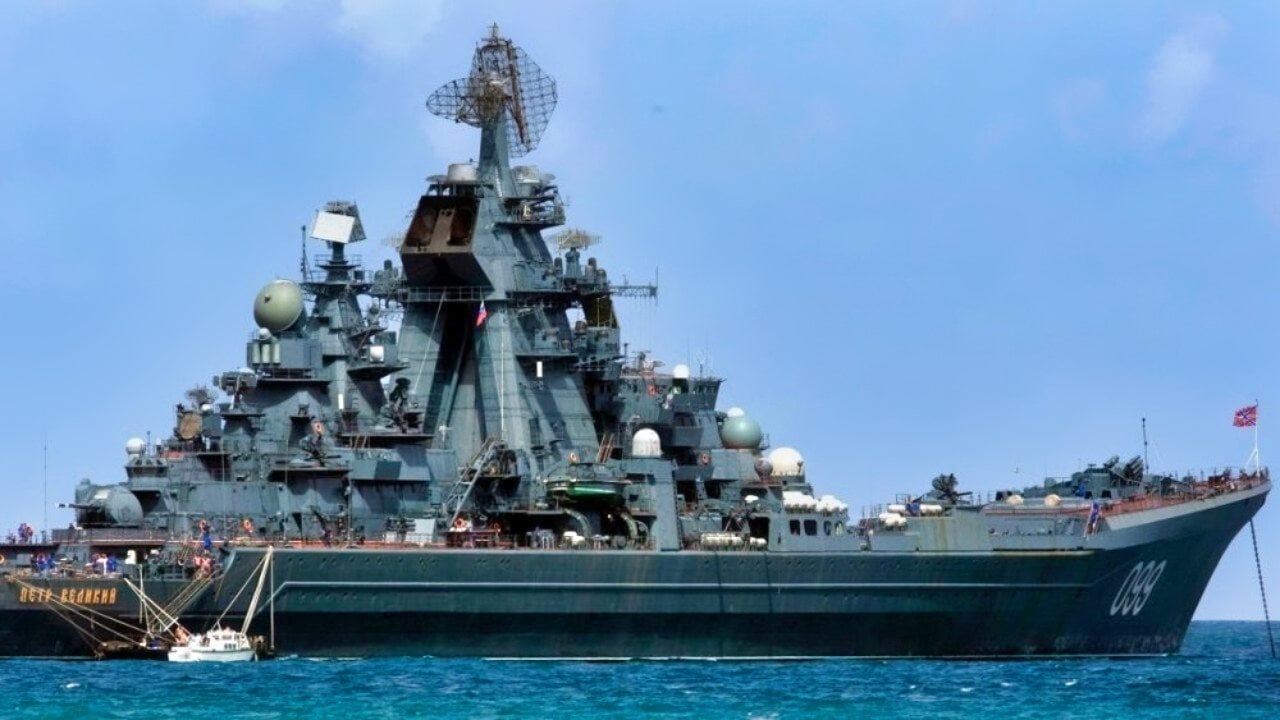Biden finally unties the Ukrainians’ hands, and Belgorod comes under the hammer

www.telegraph.co.uk
Putin’s ‘Victory Day’ offensive in northern Ukraine has backfired spectacularly
Biden finally unties the Ukrainians’ hands, and Belgorod comes under the hammer
DAVID AXE5 June 2024 • 11:28am
Related Topics
127
When a combined force of 40,000 Russian troops
launched an assault across Ukraine’s northern border with Russia on May 9 – that’s Victory Day, the day Russians celebrate the Soviet defeat of Nazi Germany in World War II – observers tried to understand the Russians’ aim.
Was the goal to drive on Kharkiv, Ukraine’s second city just 25 miles south of the northern border? Was it to capture a string of border settlements in order to push Ukrainian troops, and their artillery, farther from Russia? Was it to convince the Ukrainians that either of the above was the goal – and compel them to shift forces from the east to the north, thus weakening their eastern defenses?
Nearly a month later, it hardly matters anymore. Russia’s Victory Day offensive has failed on all counts. Ukraine can thank the resilience of its weary infantry, the foresight of its leaders, rush shipments of munitions from the United States and, equally, the sheer stupidity and over-confidence of Russia’s own leaders.
The same leaders who promised, before their 2022 wider invasion of Ukraine, that the so-called “special military operation”
would end in just three days, with a Russian flag flying over Kyiv. The whole Russian war on Ukraine is stupid. The Victory Day offensive is just more of the same.
If the Russians’ goal was to drive on Kharkiv and capture a major Ukrainian city, they failed within days. After routing some lightly armed Ukrainian territorial troops and seizing a few evacuated border villages, the new Russian northern grouping of forces advanced into Vovchansk, the first fortified Ukrainian town standing between the border and Kharkiv.
There, they ran into Ukrainian reinforcements, including paratroopers from the elite 82nd Air Assault Brigade. No longer jumping from airplanes like they did before the war, the paratroopers now ride in
American-supplied Stryker fighting vehicles. With their speed, maneuverability and high-end sensors, the 20-ton, eight-wheeled vehicles are ideal for urban fights. US Army veterans have described Strykers as their mobile bases in America’s recent wars.
The Russians never got very far into Vovchansk – and certainly never got past it. Of course, it’s always possible they never wanted to get past it. That, instead, they merely wanted to create a buffer zone between Ukrainian artillery and Russian bases in, say, Belgorod, 20 miles north of the border. Pushing Ukrainian gunners back just a few miles has put Belgorod out of the range of most of Ukraine’s less sophisticated big guns.
But if a buffer zone was the offensive’s main objective, the offensive not only failed – it backfired, big time. For more than two years, the administration of US president Joe Biden had happily provided Ukraine with some of America’s best long-range munitions, including Army Tactical Missile System ballistic missiles ranging as far as 190 miles and Guided Multiple Launch Rocket System weapons ranging 57 miles. Both of these are typically fired from the Himars vehicle. But fearing “escalation,” Biden had warned the Ukrainians not to use these munitions to strike targets inside Russia. Only targets in occupied Ukraine were allowed.
The Victory Day offensive – and the looming threat to more than a million civilians in Kharkiv – changed Biden’s mind. On May 31,
he loosened the restrictions on Ukraine’s American-made weapons – allowing them to strike targets just north of the border with Russia. Suddenly Belgorod, the main base for the Victory Day offensive, was fair game.
Within hours of Biden changing the policy, Ukrainian HIMARS bombarded Belgorod. As a direct consequence of the Russian offensive, more and better Ukrainian weapons are striking deeper inside Russia.
And even if the Russians don’t care about capturing Kharkiv, and don’t mind getting rocketed in Belgorod – if, that is, the whole Victory Day offensive was a feint – the offensive still failed. Yes, the Ukrainian military moved entire battalions, perhaps entire brigades, from the south and east to the north in order to meet the Russian advance.
But they had the forces to spare. Lawmakers in Kyiv finally approved a new mobilisation law right before Victory Day – and it came into effect just days after the Russians attacked across the border. Moreover, the
US Congress finally managed to break a logjam caused by a handful of pro-Russia lawmakers and approved $61 billion in fresh aid for Ukraine in mid-April, ending a six-month blockade that had starved Ukrainian forces of vital equipment and ammunition.
In a fit of optimism that actually paid off, the general staff in Kyiv had begun forming new brigades even before the mobilisation law and US aid got approved. The mobilisation law provided the new recruits. The US aid armed them. And the Ukrainian military had enough well-armed troops to maintain its positions in the south and east while reinforcing them in the north.
Whatever their aim in the north, the Russians met stiffer resistance than they surely expected. Which might be the main narrative of the whole wider war.











